- South Africa's own decarbonization journey has had a large impact on global emissions, far more than most other developing countries
- Green hydrogen must be made using green energy, and South Africa does not currently have enough green energy
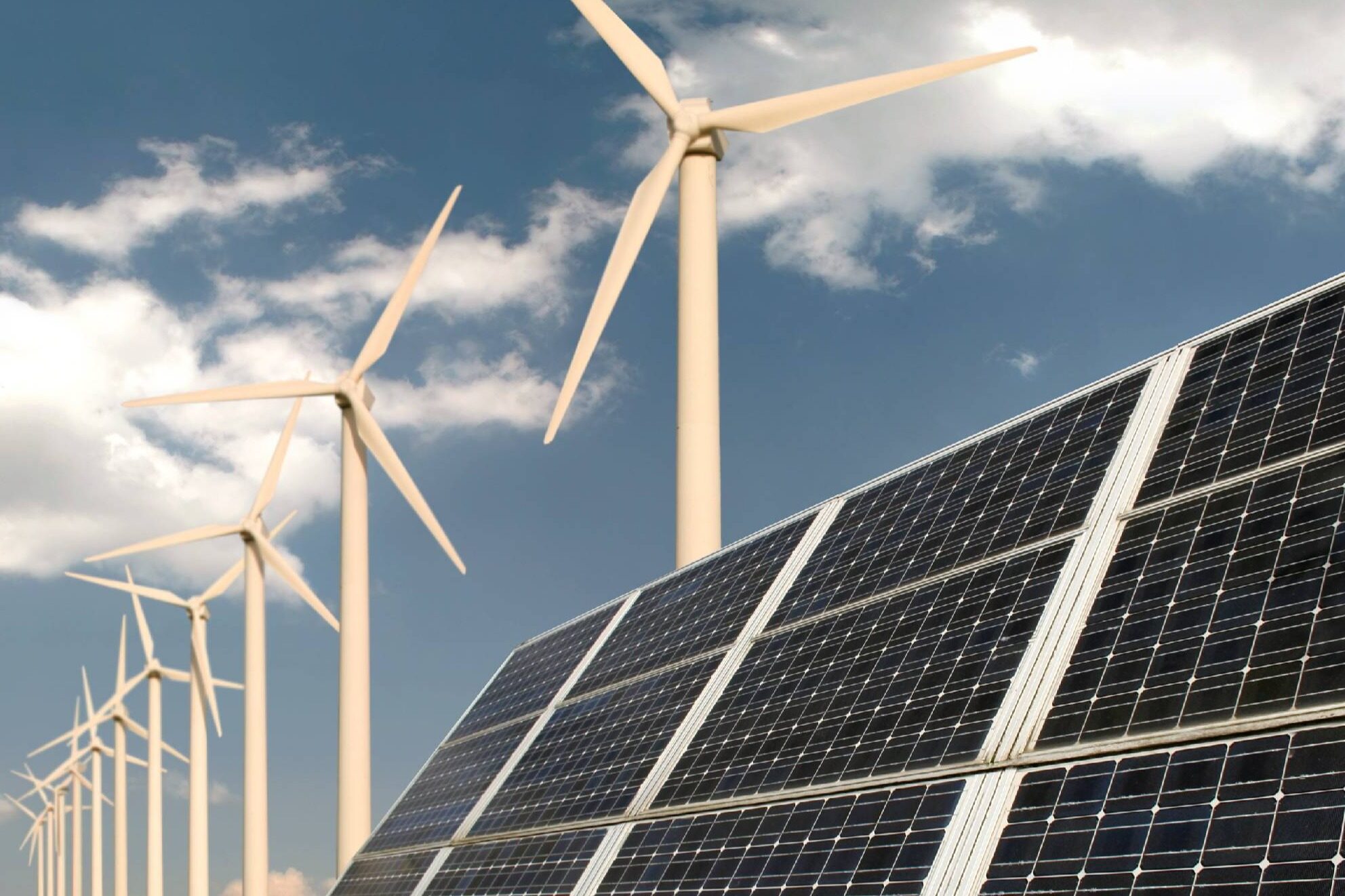
South Africa's energy sector is in disarray. South Africa's national electricity company, Eskom, once one of the most reliable utilities in Africa, is now in a constant state of emergency. Eskom has allowed its power plants to fall into disastrous proportions, and the company has been running at about 50% capacity. As a result, South Africans live with constant rolling blackouts, disrupting the local economy and negatively impacting residents' quality of life.
South Africa’s energy security doesn’t just hurt its own citizens, it also threatens global decarbonization efforts and efforts to mitigate the effects of climate change. All pathways to limit global warming to 1.5°C or 2°C above the pre-industrial average include a rapid global phase-out of the dirtiest fossil fuel, coal. While many developed countries have made great strides in this area, it has proven extremely difficult for developing economies. Nowhere is this more true than in South Africa.
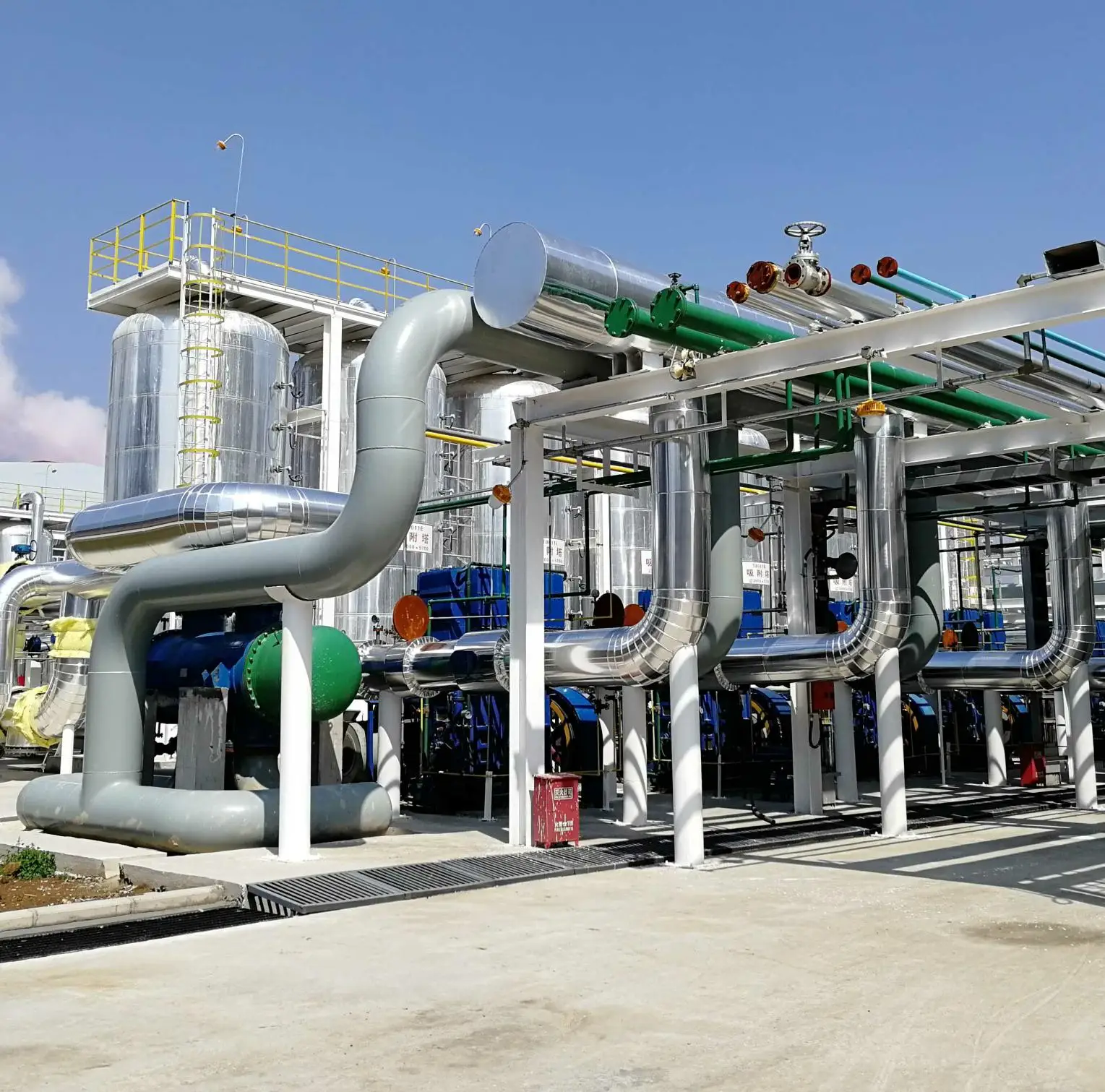
What's more, South Africa's own decarbonization journey (or lack thereof) has had a large impact on global emissions, far more than most other developing countries. The country is now the world's 14th largest emitter of greenhouse gases, in large part because the country's energy mix is dominated by coal, which accounts for about 70% of energy use. South Africa is also home to the Secunda plant, the world's largest emitter of greenhouse gases. The plant, which converts coal into fuel and other chemicals, emits more greenhouse gases than more than 100 countries combined.
As global pressure to decarbonize mounts, Sasol Ltd., the company that operates the Secunda plant, realized it had to change its business plan to win over investors. The company was late in reaching that conclusion. In 2021 they launched their first emission reduction plan. But the plan is very ambitious, aiming to reduce emissions by 30% by 2030 and achieve net zero emissions by 2050.
To meet these ambitious targets, Sasol is scrambling to replace some of its coal consumption with natural gas and green hydrogen. The company is injecting $1 billion to explore for more natural gas reserves in neighboring Mozambique, while it hopes to build a green hydrogen project on South Africa's west coast. However, there are major problems with both potential energy sources, and questions remain about how the company can replace coal in its energy mix when South Africa doesn't even produce enough energy to keep the lights on while continuing to rely heavily on coal. Securing enough energy to replace coal in Sasol's operations will be no easy feat and the company has said it is "concerned" about supply.
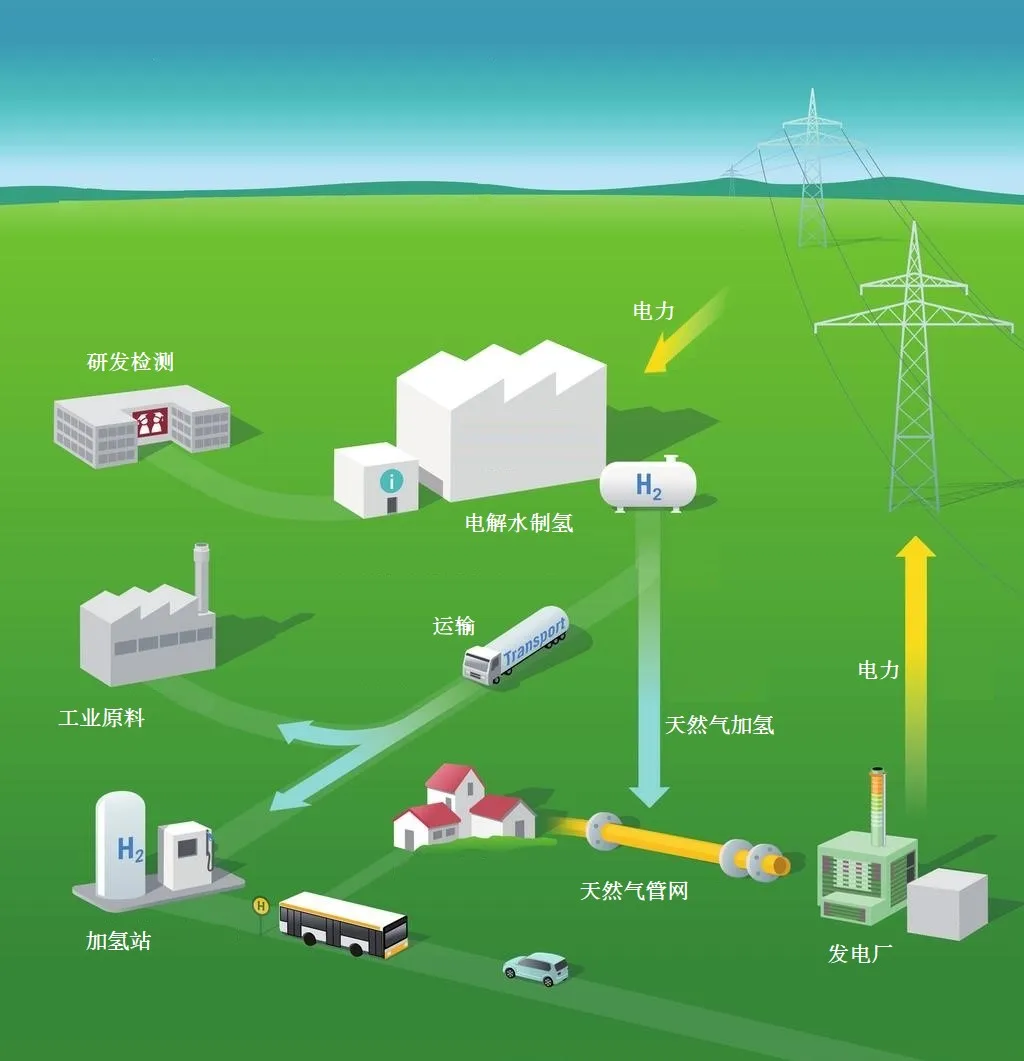
Activists and analysts alike have questioned the company's plans and commitment to net-zero emissions. Big lenders say the switch from coal to another fossil fuel, natural gas, is short-sighted and may be too little too late. "We're still struggling to see the long-term implications of adding natural gas," JPMorgan Chase & Co. said in a November research note. As climate concerns intensify, more and more investors are finding it difficult to justify ownership Sasol is reasonable." Activists, meanwhile, have criticized Sasol's plans for being too vague and likely ineffective. "A lack of sufficient detail, accountability measures and incentives means Sasol does not have a viable, measurable plan to meet its emissions reduction targets," Tracey Davies, director of Cape Town-based activist group Just Share, was quoted as saying by Bloomberg .
Switching from one fossil fuel to another is a major problem, but green hydrogen plans are even more of a headache. Even in countries without severe energy shortages like South Africa, green hydrogen has been criticized for using too much green energy that might be more useful in other applications, such as powering the grid. Green hydrogen has to be made using green energy, and the country doesn't currently have enough of it. In the case of South Africa, green hydrogen will almost certainly backfire.
To be fair, Sasol is currently expanding its renewable energy production capacity through partnerships with European companies. But that's nowhere near enough to push the company's targeted decarbonization rate. It's good that Sasol acknowledges the need to join the decarbonization movement and sees the economics in doing so, but holding companies accountable for their commitments will be another. The first step to accountability is to have a meaningful decarbonization plan with actionable, actionable steps, and Sasol clearly has yet to achieve this. Editor/Xu Shengpeng
Comment
 Praise
Praise
 Collect
Collect
 Comment
Comment
 Search
Search




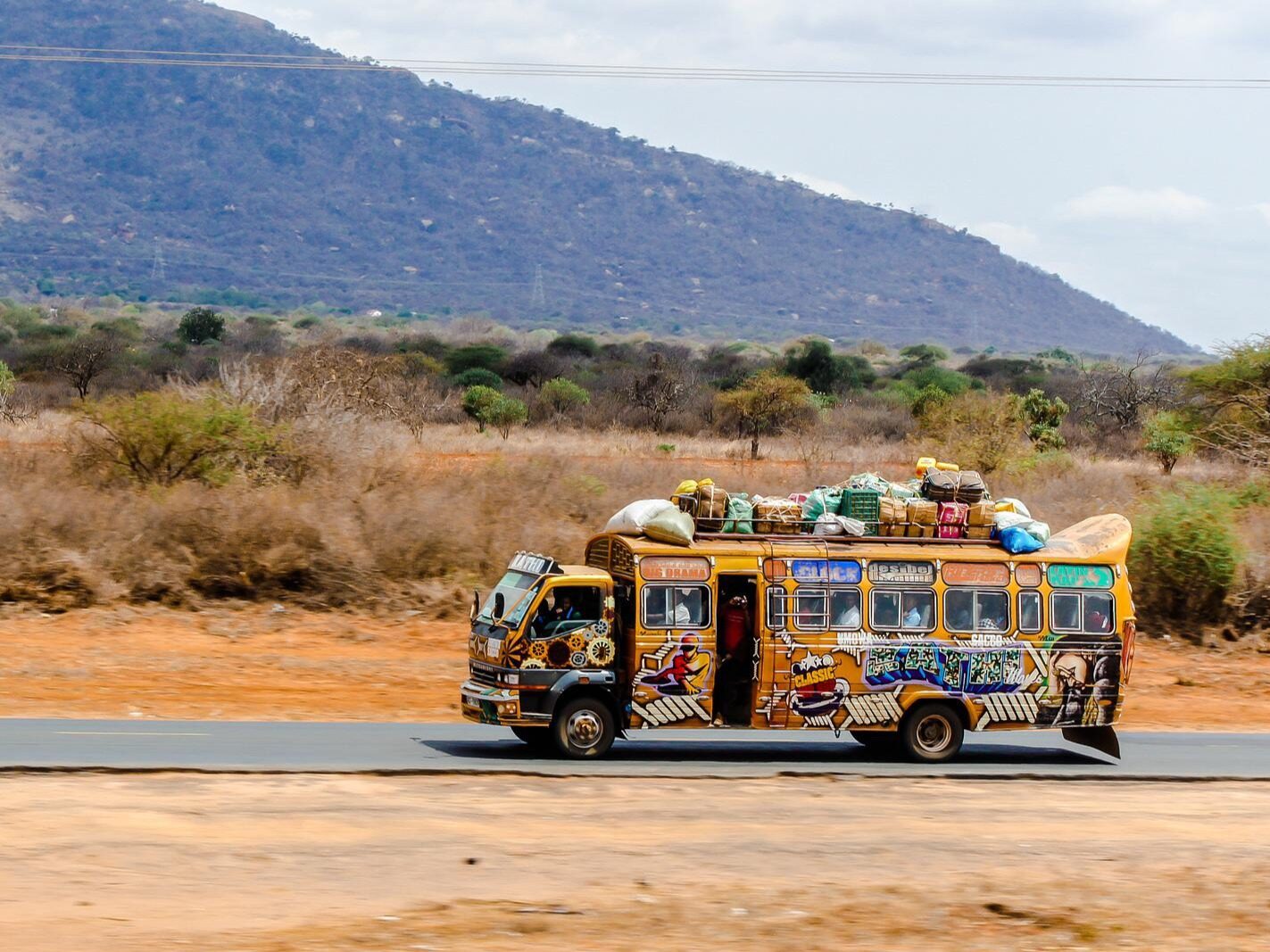
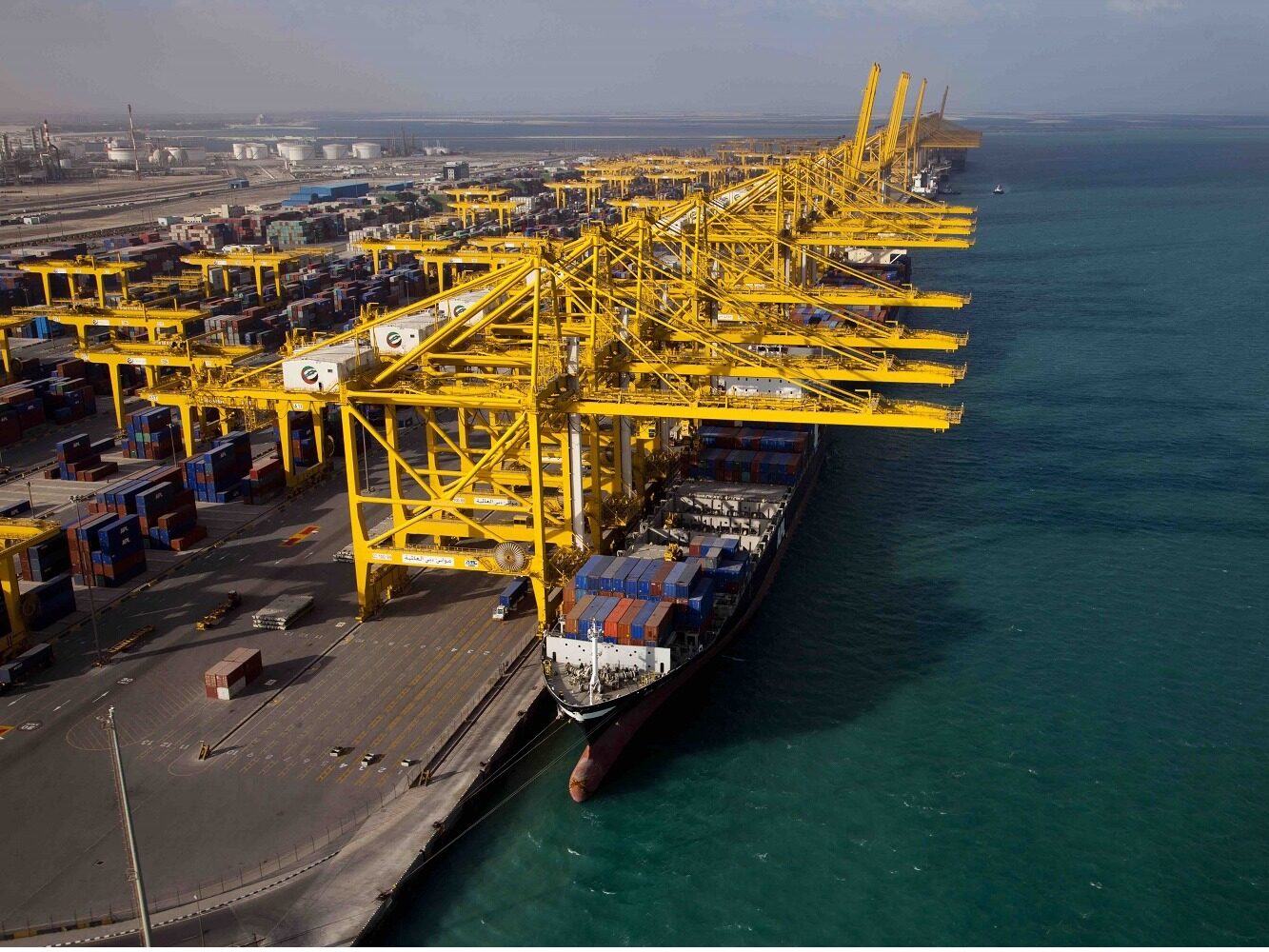
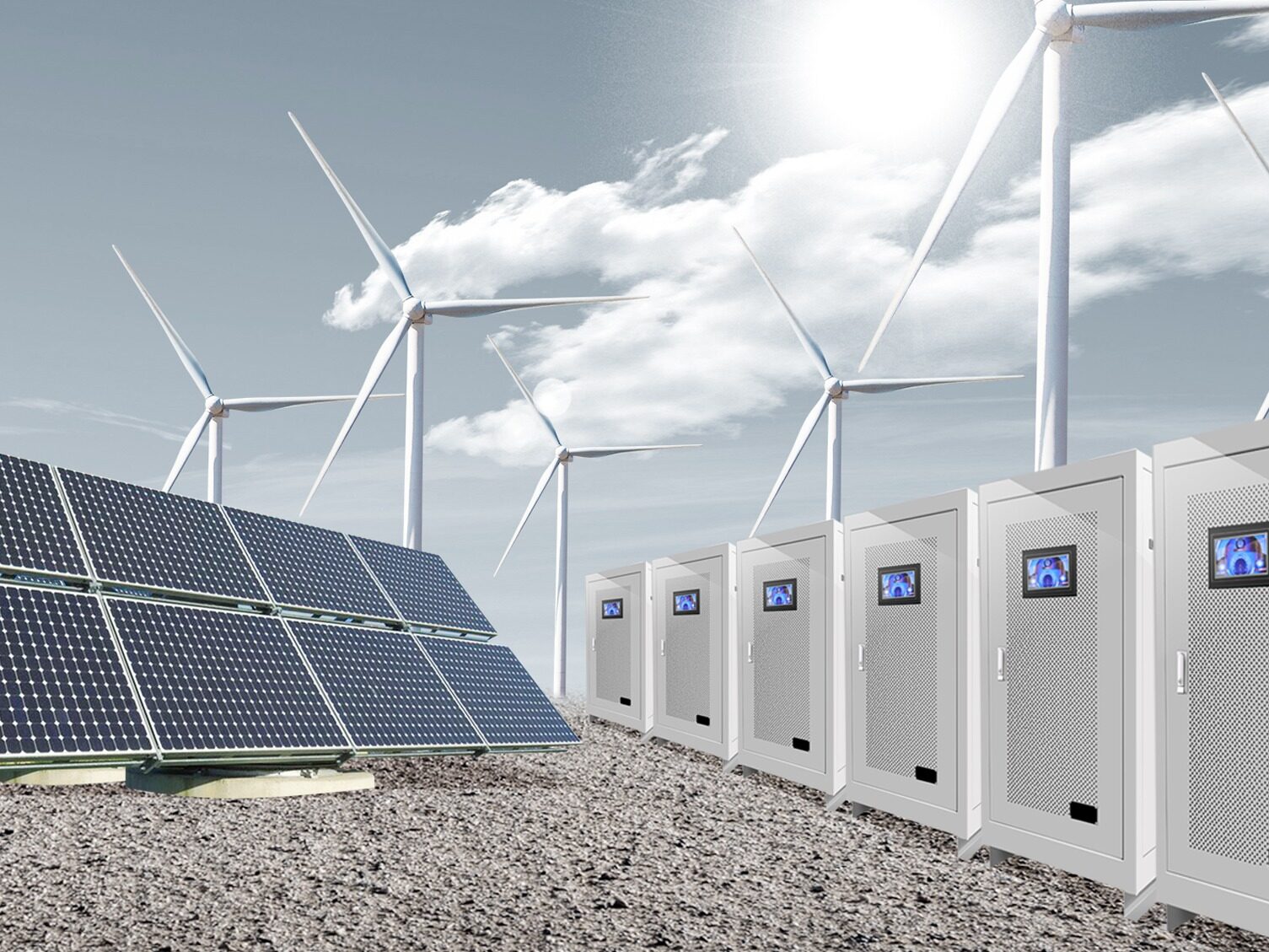







Write something~